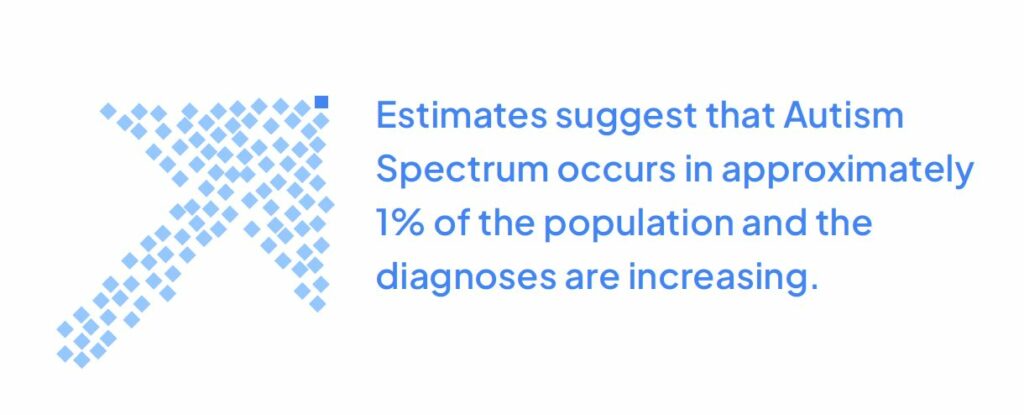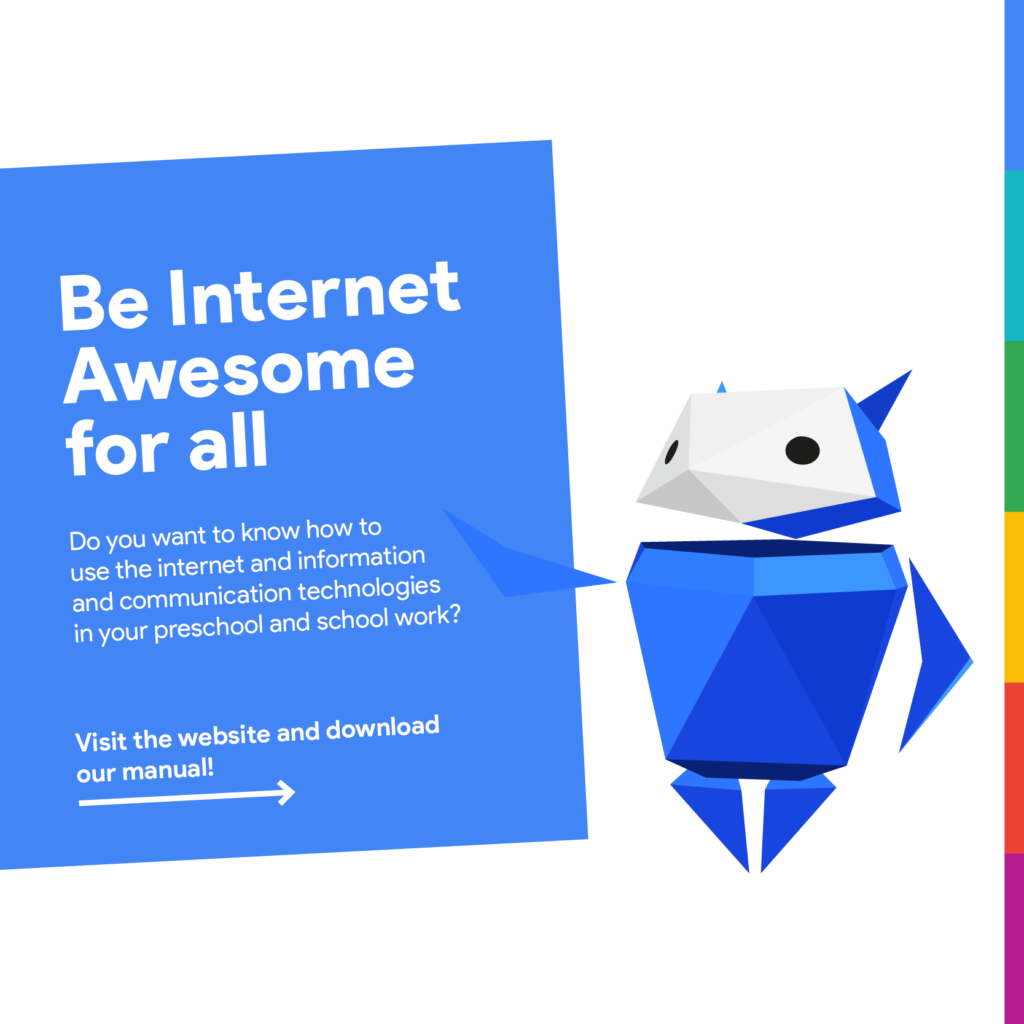Children on the Autism Spectrum and ICT
Global estimates suggest that Autism Spectrum Disorder occurs in approximately one percent of the population, with males accounting for about 80% of diagnoses. However, the diagnoses are increasing, and educators need to be equipped with the knowledge and tools to support neurodiverse students. Individuals on the autism spectrum differ widely from one another due to their age, gender, the intensity of autistic traits, cooccurring conditions. Nevertheless, all autistic individuals demonstrate social and communication challenges.

School Experiences of Children and Adolescents with ASD
Children and adolescents on the autism spectrum often have unique school experiences and needs influenced partly by their traits. Many autistic students report experiencing negative peer interactions (e.g. teasing or bullying) and increased rates of social isolation compared to non-autistic children. Negative peer interactions contribute to feelings of loneliness and present an increased risk of anxiety, depression, academic underachievement (e.g. poor grades), school refusal, and poor quality of life among young people on the autism spectrum.
Social & Communication Challenges
Socialization and communication often present obstacles for autistic individuals seeking to establish and maintain friendships. Autistic individuals tend to have fewer mutually satisfying relationships and smaller social support networks. Persistent social difficulties lead to a heightened risk of mental health problems in adulthood. Despite the social and communication challenges, many individuals on the autism spectrum crave friendship and social interaction.

Engaging with friends helps to develop social skills, educators may wish to facilitate friendships and reduce social discomfort for students on the autism spectrum. E-search indicates that students on the autism spectrum are 2.4 times more likely to be the target of bullying than non-autistic children, with a prevalence of 67%, compared to the overall childhood/adolescent prevalence estimates of bullying, which are approximately 30%.
Summary of Recommendations
- Educators may wish to use ICTs to promote the development of social skills among students on the autism spectrum.
- Teachers may consider educating autistic students on the specific opportunities and risks associated with ICT use.
- Educators may consider the active mediation of ICT use rather than restrictive mediation.
- Educators can supplement ICTs with instructions to guide appropriate online behaviour and reduce cyberbullying risks for students on the autism spectrum.
- Educators may offer to support students during online communications and review past online interactions.
- Administrators can support the efforts of special-education teachers by providing continuing education opportunities and adequate financial and human resources.
- Educators may wish to participate in research regarding ICTs and other interventions for students on the autism spectrum.
Check other chapters
Full manual - Be Internet Awesome For All
Download the complete Be Internet Awesome For All Manual covering groups of children with various individual educational needs.






